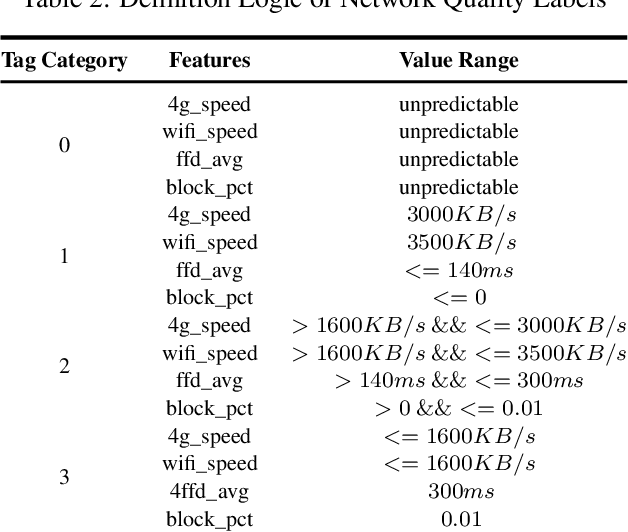Bo Liang
Rapid Parameter Estimation for Extreme Mass Ratio Inspirals Using Machine Learning
Sep 12, 2024



Abstract:Extreme-mass-ratio inspiral (EMRI) signals pose significant challenges in gravitational wave (GW) astronomy owing to their low-frequency nature and highly complex waveforms, which occupy a high-dimensional parameter space with numerous variables. Given their extended inspiral timescales and low signal-to-noise ratios, EMRI signals warrant prolonged observation periods. Parameter estimation becomes particularly challenging due to non-local parameter degeneracies, arising from multiple local maxima, as well as flat regions and ridges inherent in the likelihood function. These factors lead to exceptionally high time complexity for parameter analysis while employing traditional matched filtering and random sampling methods. To address these challenges, the present study applies machine learning to Bayesian posterior estimation of EMRI signals, leveraging the recently developed flow matching technique based on ODE neural networks. Our approach demonstrates computational efficiency several orders of magnitude faster than the traditional Markov Chain Monte Carlo (MCMC) methods, while preserving the unbiasedness of parameter estimation. We show that machine learning technology has the potential to efficiently handle the vast parameter space, involving up to seventeen parameters, associated with EMRI signals. Furthermore, to our knowledge, this is the first instance of applying machine learning, specifically the Continuous Normalizing Flows (CNFs), to EMRI signal analysis. Our findings highlight the promising potential of machine learning in EMRI waveform analysis, offering new perspectives for the advancement of space-based GW detection and GW astronomy.
Application Research On Real-Time Perception Of Device Performance Status
Sep 05, 2024



Abstract:In order to accurately identify the performance status of mobile devices and finely adjust the user experience, a real-time performance perception evaluation method based on TOPSIS (Technique for Order Preference by Similarity to Ideal Solution) combined with entropy weighting method and time series model construction was studied. After collecting the performance characteristics of various mobile devices, the device performance profile was fitted by using PCA (principal component analysis) dimensionality reduction and feature engineering methods such as descriptive time series analysis. The ability of performance features and profiles to describe the real-time performance status of devices was understood and studied by applying the TOPSIS method and multi-level weighting processing. A time series model was constructed for the feature set under objective weighting, and multiple sensitivity (real-time, short-term, long-term) performance status perception results were provided to obtain real-time performance evaluation data and long-term stable performance prediction data. Finally, by configuring dynamic AB experiments and overlaying fine-grained power reduction strategies, the usability of the method was verified, and the accuracy of device performance status identification and prediction was compared with the performance of the profile features including dimensionality reduction time series modeling, TOPSIS method and entropy weighting method, subjective weighting, HMA method. The results show that accurate real-time performance perception results can greatly enhance business value, and this research has application effectiveness and certain forward-looking significance.
Autoregressive GNN-ODE GRU Model for Network Dynamics
Nov 19, 2022Abstract:Revealing the continuous dynamics on the networks is essential for understanding, predicting, and even controlling complex systems, but it is hard to learn and model the continuous network dynamics because of complex and unknown governing equations, high dimensions of complex systems, and unsatisfactory observations. Moreover, in real cases, observed time-series data are usually non-uniform and sparse, which also causes serious challenges. In this paper, we propose an Autoregressive GNN-ODE GRU Model (AGOG) to learn and capture the continuous network dynamics and realize predictions of node states at an arbitrary time in a data-driven manner. The GNN module is used to model complicated and nonlinear network dynamics. The hidden state of node states is specified by the ODE system, and the augmented ODE system is utilized to map the GNN into the continuous time domain. The hidden state is updated through GRUCell by observations. As prior knowledge, the true observations at the same timestamp are combined with the hidden states for the next prediction. We use the autoregressive model to make a one-step ahead prediction based on observation history. The prediction is achieved by solving an initial-value problem for ODE. To verify the performance of our model, we visualize the learned dynamics and test them in three tasks: interpolation reconstruction, extrapolation prediction, and regular sequences prediction. The results demonstrate that our model can capture the continuous dynamic process of complex systems accurately and make precise predictions of node states with minimal error. Our model can consistently outperform other baselines or achieve comparable performance.
RF-CHORD: Towards Deployable RFID Localization System for Logistics Network
Nov 01, 2022Abstract:RFID localization is considered the key enabler of automating the process of inventory tracking and management for high-performance logistic network. A practical and deployable RFID localization system needs to meet reliability, throughput, and range requirements. This paper presents RF-Chord, the first RFID localization system that simultaneously meets all three requirements. RF-Chord features a one-shot multisine-constructed wideband design that can process RF signal with a 200 MHz bandwidth in real-time to facilitate one-shot localization at scale. In addition, multiple SINR enhancement techniques are designed for range extension. On top of that, a kernel-layer-based near-field localization framework and a multipath-suppression algorithm are proposed to reduce the 99% long-tail errors. Our empirical results show that RF-Chord can localize more than 180 tags 6 m away from a reader within 1 second and with 99% long-tail error of 0.786 m, achieving a 0% miss reading rate and ~0.01% cross-reading rate in the warehouse and fresh food delivery store deployment.
 Add to Chrome
Add to Chrome Add to Firefox
Add to Firefox Add to Edge
Add to Edge